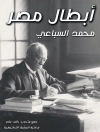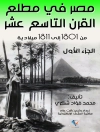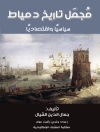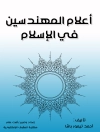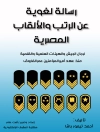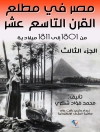Battle descriptions are usually seen as the raw material of the military historian, who uses them to explain why generals won or lost a given battle. This volume does not aim to contribute to this discussion; it rather approaches battle descriptions as literary texts that interact with the expectations of a given audience. Therefore literary traditions in structure, vocabulary and topics of battle descriptions should be explored. The transgression of genre-borders – also literary and fictional texts are included – and a broad comparative approach, combining evidence from the third millennium BC up to the 20th century AD, makes cultural specifics and differences more easily perceivable.
Contents
With contributions by Marcos Such-Guttiérrez, Pavel Čech, Hilmar Klinkott, Wolfgang Oswald, Kai Ruffing, Oliver Stoll, Martin M. Bauer, Reinhold Bichler, Christian Mileta, Simon Lentzsch, Sven Günther, Dennis Pulina, Johanna Luggin, Sonjar Koroliov, Magdalena Gronau and Martin Gronau.
The Editors
Dr. Johanna Luggin is a post-doc researcher in the ERC-funded project “NOSCEMUS – Nova Scientia: Early Modern Science and Latin” in Innsbruck, Austria.
Dr. Sebastian Fink is a postdoctoral researcher at the Academy of Finland Centre of Excellence “Changes in Sacred Texts and Traditions”.
Inhaltsverzeichnis
Battle descriptions as literary text: an introduction.- Year Names as Source for Military Campaigns in the Third Millennium BC.- Much Ado about Nothing? Battle Descriptions in Ugaritic Texts.- Victor without Victory? The Lack of Battle Descriptions in the Achaeamenid Empire.- Battle Descriptions in the Hebrew Bible: An Overview with Special Attention to the Book of Joshua.-Plataea, 479 BC.- „Eine Schlacht wie keine andere“ – alles nur Literatur, oder was? Agesilaos II., Xenophon und der „Sieg“ Spartas in der Schlacht bei Koroneia (14. August, 394 v. Chr.), der vielleicht eher doch eine Niederlage war!.- Parody as a Sign of Generic Consciousness: Battle Descriptions in the Pseudo-Homeric Batrachomyomachia.- The Battle of Gaugamela. A Case Study and Some General Methodological Considerations.- Die „Thermopylenschlacht 2.0“ am Persischen Tor (330 v. Chr.).- Battle Descriptions in Livy’s Ab Urbe Condita.- Conversus ad pacem … (Flor. 2.34.65 = 4.12.65) – Battle Descriptions in Florus Reconsidered.- The Impact of Violence as Heroization Technique in Basini’s Hesperis, Naldi’s Volaterrais and Filelfo’s Sphortias.- A Battle of Emperors? Contemporary Poetic and Prose Descriptions of Austerlitz (1805).- The Impossibility of Deliberate Action in Tolstoy’s Descriptions of Battle in War and Peace.- Historical Distance and Literary Re-Presentation. Ancient Battles in German Classical Studies.
Über den Autor
Dr. Johanna Luggin is a post-doc researcher in the ERC-funded project ‚NOSCEMUS – Nova Scientia: Early Modern Science and Latin‘ in Innsbruck, Austria.
Dr. Sebastian Fink is a postdoctoral researcher at the Academy of Finland Centre of Excellence „Changes in Sacred Texts and Traditions“.


